Ever noticed how kids pick up things just by watching others? Think about that one student who suddenly starts using the exact phrases you do or the one who mimics their friends’ behaviors.
It's incredible how much kids learn just by observing. Sometimes, it's even funny!
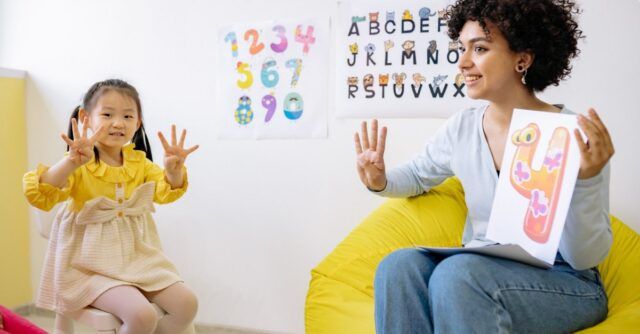 Image courtesy of Yan Krukau via Pexels
Image courtesy of Yan Krukau via Pexels
What if you could use this same strategy to make learning easier and more engaging in your classrooms?
This is known as modelling learning.
What is Modelling Learning?
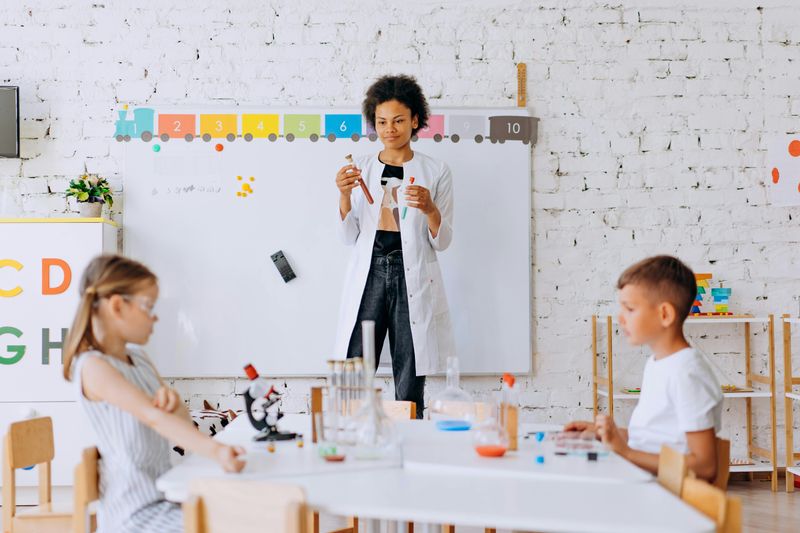 Image courtesy of Mikhail Nilov via Pexels
Image courtesy of Mikhail Nilov via Pexels
Modelling learning can be described as a "watch and learn" method.
Modelling learning has 4 main stages:
Attention: Students must be attentive during demonstrations to learn a skill.
Retention: If the students are attentive, they can better retain the skill.
Recreation/Reproduction: Students who can retain well can recreate or reproduce the learned skill successfully.
Motivation: After the first successful attempt at reproducing the skill, reward the students to motivate them for future efforts.
Watch this short video to understand more about modelling learning:
How to Implement Modelling Learning in the Classroom

You can sequentially implement modelling learning by following these steps:
Demonstrate first
Encourage questions
Let them practice
Provide feedback
1. Demonstrate First
Show the students how you do a specific task.
Explain your thought process as you go by thinking out loud. This helps generate interest and keeps them attentive.
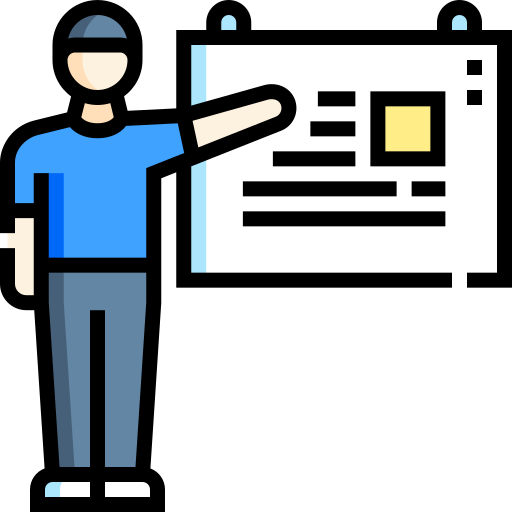 Example
Example
You're conducting an Origami class and your students are attentively noticing how you're folding the paper into various shapes.
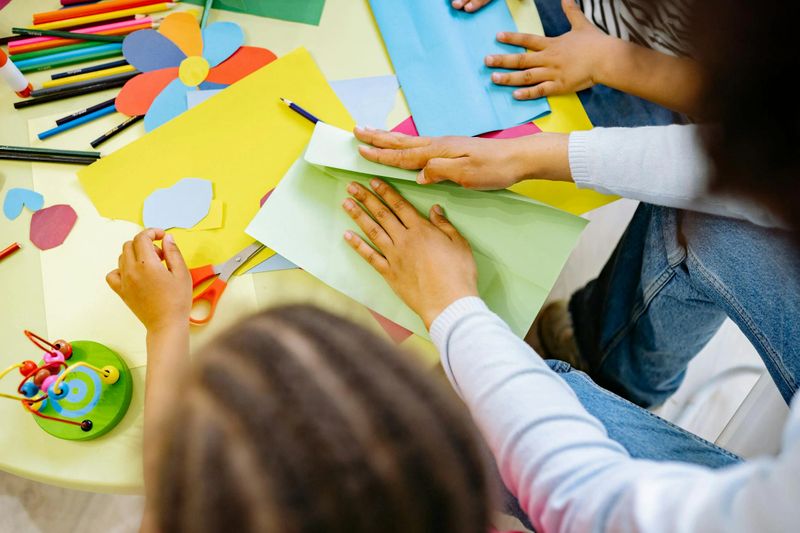 Image courtesy of Yan Krukau via Pexels
Image courtesy of Yan Krukau via Pexels
Quiz
When introducing various shapes like squares and rectangles, what are the best ways to incorporate modelling learning into your lesson? Select all that apply:
2. Encourage Questions
After you demonstrate, encourage the students to ask questions or clarify anything that they don't understand. This way, you can see how much they have retained.
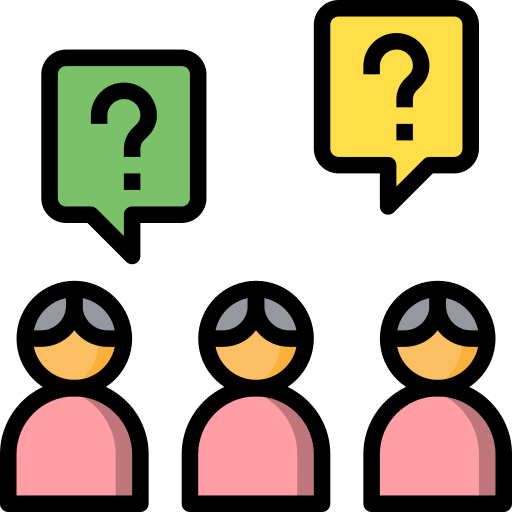 Example
Example
You have shown how to create a paper plane using the art of Origami. Your students watched attentively and now it's their turn to practice the skill.
Encourage them to ask and clarify if they have not understood any step and demonstrate again.
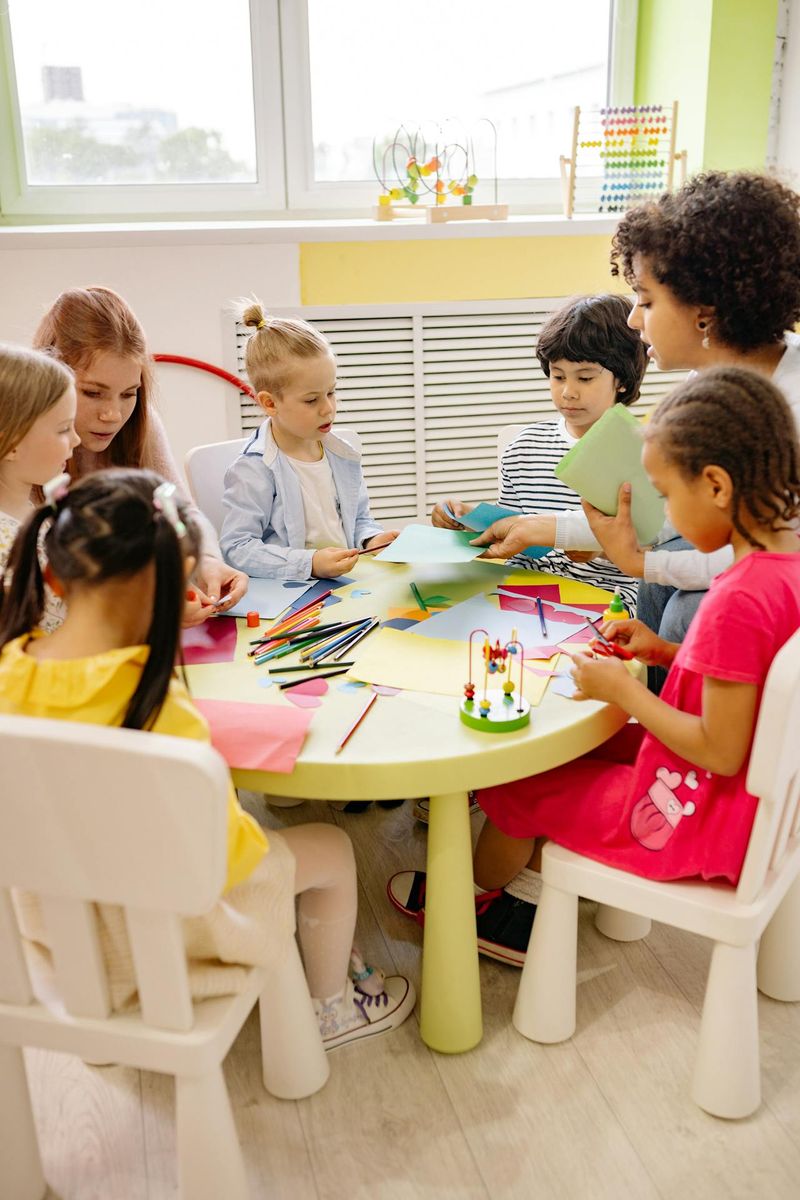 Image courtesy of Yan Krukau via Pexels
Image courtesy of Yan Krukau via Pexels
3. Let Them Practice
Give time to your students to practice the learned skill or behavior. This would ensure that the students have retained it correctly and can reproduce it.
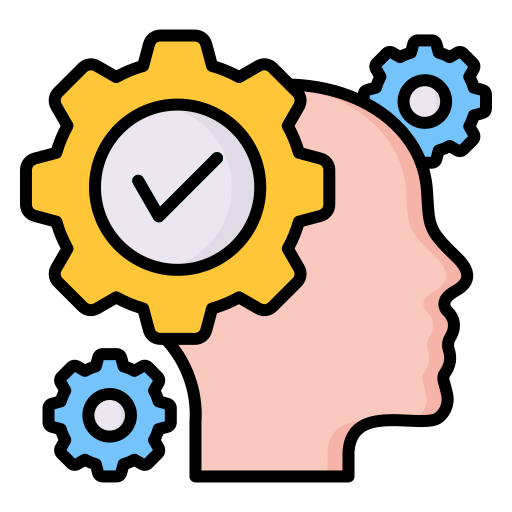 Example
Example
The students confidently begin making paper planes by recalling the steps that were demonstrated.
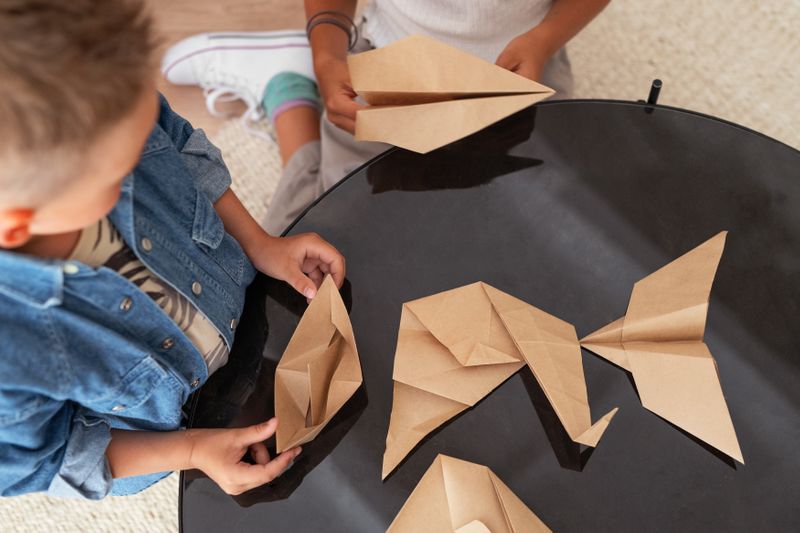 Image courtesy of Freepik
Image courtesy of Freepik
4. Provide Feedback
Providing constructive feedback and encouraging students after their first successful attempt ensures they stay motivated to practice the skill again.
Example
Your students made beautiful paper planes by following your instructions. You promised them a sticker each time they teach the same skill to another child. After collecting certain stickers, they can earn an extra ten minutes of playtime.
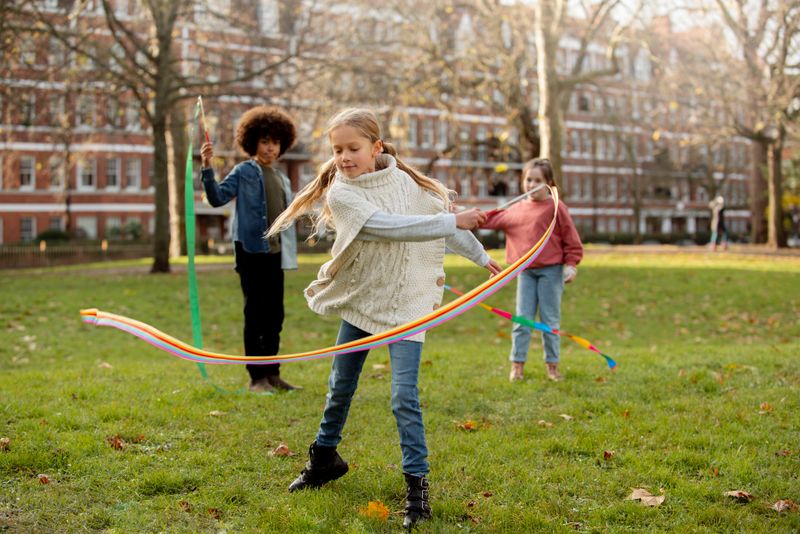 Image courtesy of Freepik
Image courtesy of Freepik
When and Why to Implement Modelling Learning
Implementing modelling learning is most effective when you feel that acting out or demonstrating a concept will help students learn better.

Use modelling mearning to:
Introduce a new or complex topic
Teach difficult-to-grasp concepts
Demonstrate social or behavioral skills
Explain problem-solving or critical-thinking skills
Modelling learning:
Builds confidence in your students
Encourages independent learning, active engagement, and retention
Provides students with immediate feedback
Quiz
You're teaching the Solar System to fifth-grade students. Which of the following options demonstrate the use of modelling learning in your approach? Select all that apply:
Take Action

Use modelling learning to reinforce desired skills and behaviors in your classroom!
Your feedback matters to us.
This Byte helped me better understand the topic.

